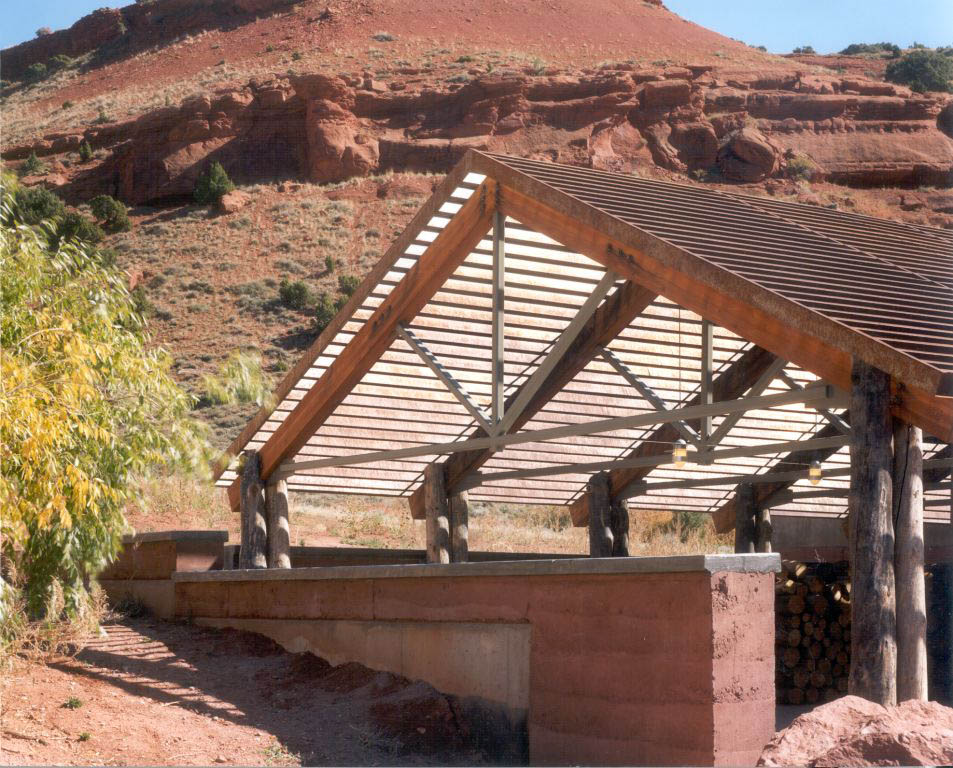Green Building techniques and design are considered for all Teton Heritage Builders’ projects.
Incorporating many green building practices helps decrease heating and cooling costs, increases indoor air quality, reduces operations and maintenance costs, conserves natural resources and water as well as making the most of natural light.
The use of alternative energy sources – photovoltaic panels, geothermal heat pumps, and passive solar design – can dramatically decrease the fossil fuel consumption of a home.

To address other toxins and pollutants that can build up in a home due to cleaning materials, fumes from fireplaces & gas appliances and other sources, another green technology that can be used is a heat recovery ventilator (HRV). HRVs achieve two primary goals: they recapture the heat expelled out of the home from the heating system and they improve the air quality inside the home. The recaptured heat is used to pre-heat the fresh air drawn into the home from the outdoors thus improving the home’s energy efficiency. Furthermore, a HRV will also exhaust stale indoor air, removing any potentially harmful gaseous pollutants that can build up in tightly sealed, energy efficient homes. This can significantly improve the quality of air you and your family breathe inside your home.